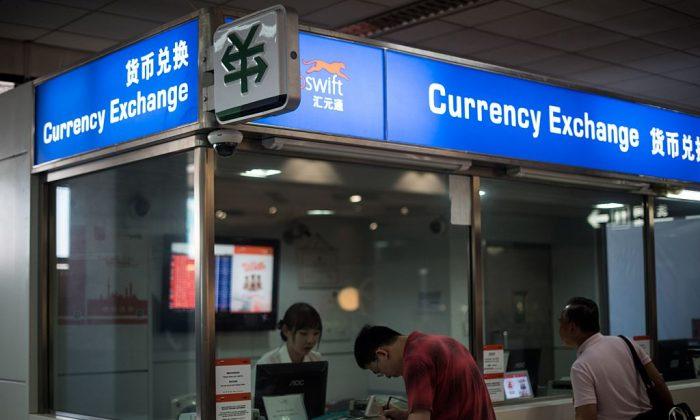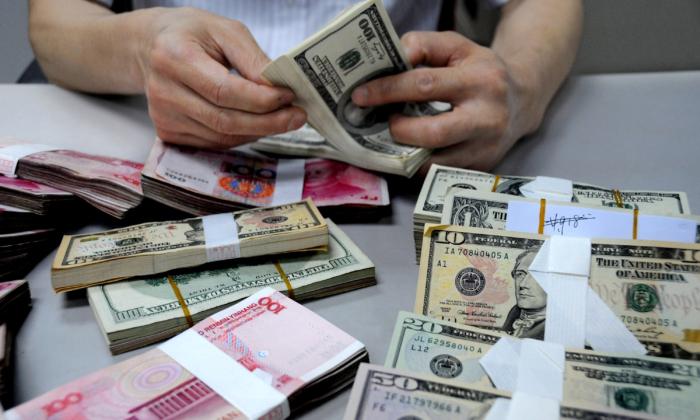Analysts speculate that while China augments its gold reserves to hedge against risk, reducing U.S. dollar assets aims to mitigate possible sanctions for its support of Russia’s Ukraine invasion.
A Global Trend
The move was in line with the overall demand for gold in 2022, as central banks around the world increased their gold reserves. Data published by World Gold Council on Dec. 2 showed that international gold reserves sustained a 41 percent increase in October. They are currently at their highest level since 1974, totaling 36,782 tons of gold.As central banks scramble to purchase gold, total holdings of U.S. treasury bonds have declined. The volume of U.S. treasury bonds held by overseas central banks shrank continuously in September and October.
Complex Motives
China’s motives may be more complex, however.Albert Song is a researcher at Tianjun, a political and economics think tank. He told The Epoch Times on Dec. 31: “It may not be the top priority for the CCP to offset the adverse impact of falling prices of U.S. treasury bonds.”
While Song acknowledged that China may wish to hedge against risk, he emphasized that the CCP also “wants to avoid the latent risk of sanctions for its clandestine support for the Russian invasion of Ukraine.’
Moreover, he added, “The salient facts are the escalating tension of U.S.–China relations and [China’s] decoupling on every front.”
Song said he suspects that the CCP frequently provides false data to present an inflated image of China’s economy.
“Although the CCP’s central bank has disclosed that it has increased its gold reserves by 32 tons by the end of November, the published data is overstated to some extent,“ he said, noting that ”the amount is smaller than that of other gold-exporting countries, which may indicate that gold has been used for other purposes.”
Gold’s Unique Functions
Global gold prices fluctuated wildly in 2022. In March, due to the outbreak of the Russia–Ukraine war, gold soared to $2,000 per ounce, then fell as a consequence of the Federal Reserve’s strong interest rate hike. It witnessed a rebound later in the year, and started the new year at a six-month high.In a world of intensifying political and economic uncertainty, augmenting gold reserves becomes a priority, Song said.
“Gold, as the hard currency favored by both the government and the people for hundreds of years, bears unique functions of hedge and appreciation, which ordinary currencies lack. Gold becomes germane particularly when a government is increasing money supply excessively.”





